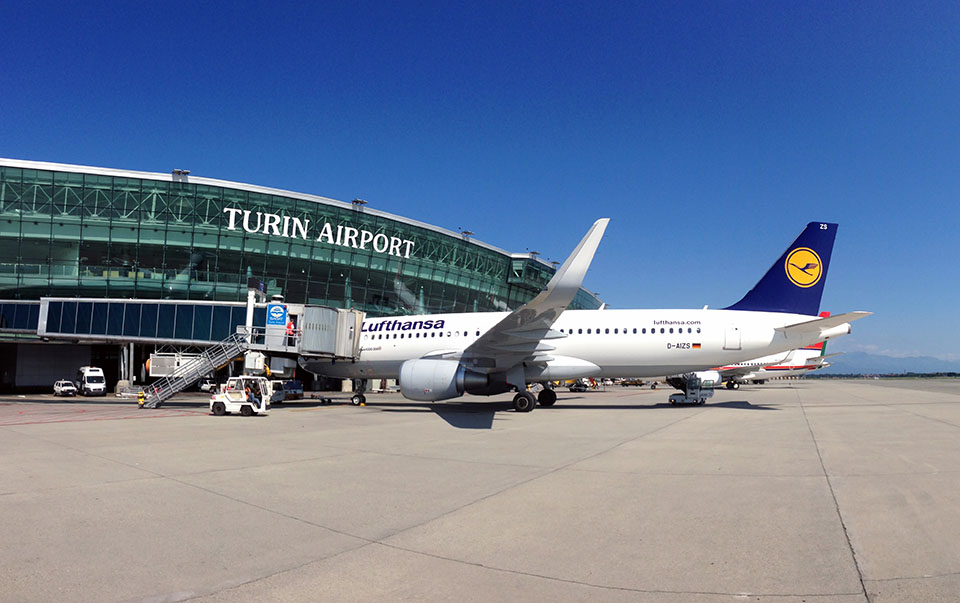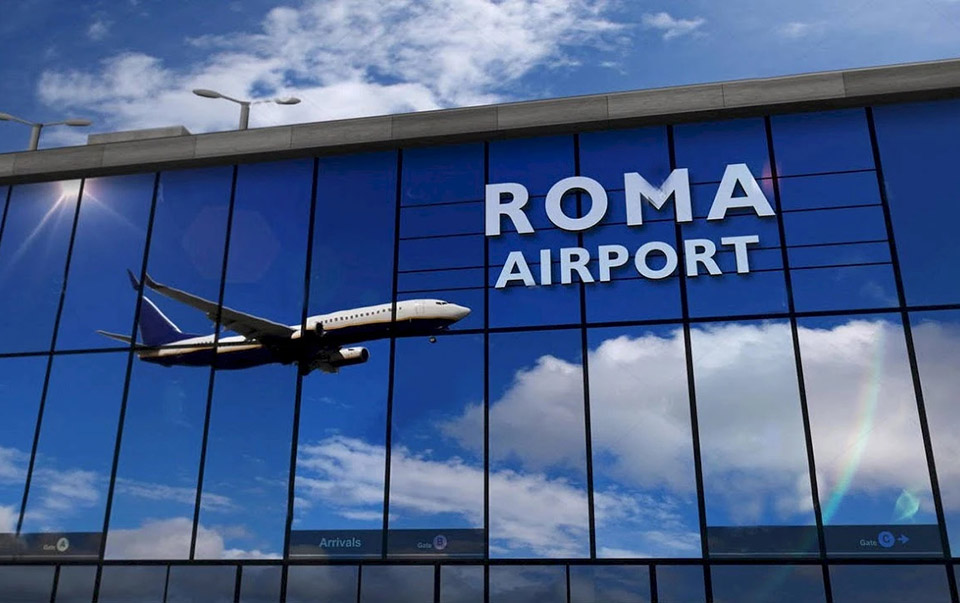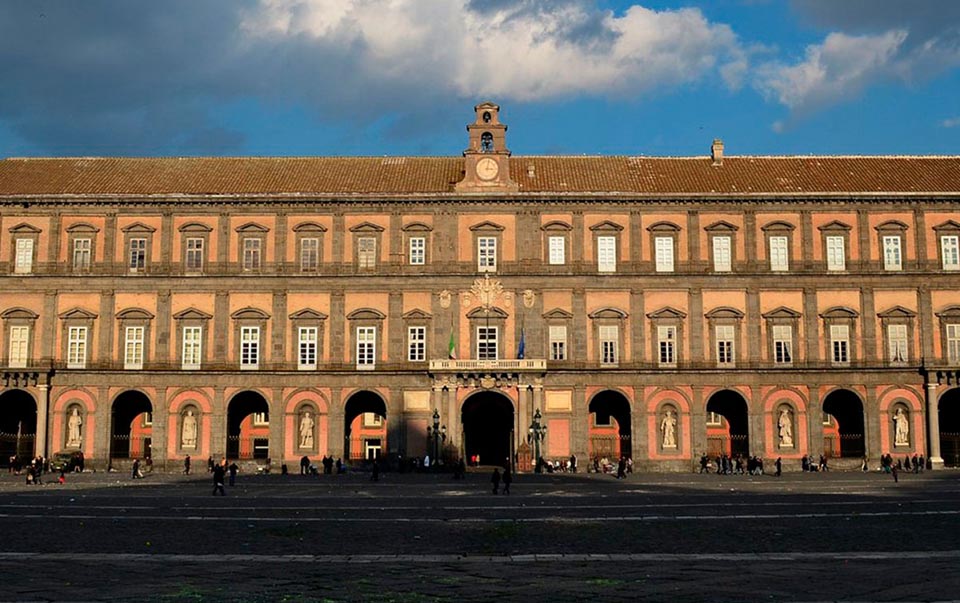
Turin, located in the northwest of Italy, is the capital of the Piedmont region. It is not only known as the automotive capital of Italy but also a brilliant gem of culture and history. For first-time visitors, besides admiring its beautiful landscapes, historic sites, and artistic atmosphere, preparing well in advance and understanding the local transportation system will add great convenience to your trip. Today, I will provide a detailed guide on preparation and transportation in Turin to ensure you have a smooth and enjoyable holiday in this charming city.
1. Preparation Before the Trip
Visa and Travel Documents
Turin is an important city in Italy. For Chinese travelers heading to Turin, a valid Schengen visa is required. The Schengen visa allows you to visit all countries within the Schengen Area during its validity. When applying for the visa, you generally need to submit your passport, photo, travel insurance, flight tickets, and hotel reservations. It is recommended to start the application process at least one month in advance to allow enough time to handle any potential delays.
Flight and Airline Choices
When traveling from China to Turin, you can choose connecting flights via cities like Rome, Milan, or Frankfurt. Milan Malpensa Airport and Rome Fiumicino Airport are the most common international gateways into Italy. From these airports, you can take domestic flights or trains directly to Turin. Turin itself has an international airport — Turin Caselle Airport — which is smaller but offers direct flights from several major European cities.
Accommodation Options
Turin offers a wide range of accommodation choices, from luxurious five-star hotels to cozy family-run guesthouses. Depending on your budget and travel needs, you can select a high-end hotel in the city center or a boutique hotel with a more local feel. It is advisable to choose accommodation located in the city center for easy access to major attractions. If your schedule is tight, it’s best to book your stay in advance through popular platforms such as Booking.com or Expedia to ensure a smooth check-in experience.
Travel Insurance and Health Preparations
Purchasing comprehensive travel insurance before your trip is highly recommended, covering medical emergencies, lost luggage, flight delays, and other contingencies. Health is a key consideration when traveling abroad. If you take medication regularly, bring it with you along with your doctor’s prescription and English instructions for the medicines. Also, familiarize yourself with Italy’s emergency contact number, which is 112.
Currency and Payment Methods
The currency in Italy is the Euro (EUR). Most shops, restaurants, and attractions in Turin accept credit and debit cards. However, it’s wise to exchange some cash beforehand to handle small vendors or markets that may only accept cash. ATMs are conveniently located throughout the city, allowing quick and easy withdrawals. Be aware that some restaurants or shops may charge a small fee for card payments.
2. Turin’s Transportation System
Turin boasts a well-developed and highly convenient transportation network, which includes metro, buses, and trams. These modes of transport are designed to cater to a wide range of travelers, ensuring easy access to all parts of the city. Understanding the public transit system will allow you to navigate Turin efficiently and with ease, helping you make the most of your time exploring the city.

Transportation Between Turin Airport and the City Center
Turin’s main international gateway is Caselle Airport, located about 16 kilometers north of the city center. It is well-connected to the city via various transportation options:
- Bus: The shuttle bus service is one of the most popular and affordable ways to get to the city center. The bus journey typically takes around 30 minutes, depending on traffic, and tickets are priced at about 7 euros. This service conveniently stops at the Porta Nuova train station, offering easy connections to other parts of Turin. The buses run frequently, making it a reliable option for travelers arriving at the airport.
- Taxi: Taking a taxi from the airport to the city center offers a faster and more direct route, especially if you have heavy luggage. The journey typically costs around 28 euros, and the ride usually takes about 20 minutes, depending on traffic conditions. While taxis are more expensive than the bus, they provide a higher level of comfort and privacy.
- Car Rental: For those planning to explore the surrounding regions, renting a car is a great option. The airport hosts major car rental agencies, including Europcar, Hertz, and Avis. Booking in advance can often secure better prices, and having a car gives you flexibility, especially if you want to visit the charming towns and vineyards in the nearby Piedmont region.
Public Transportation Within Turin
Turin’s public transport system is operated by the local authorities and is an efficient and affordable way to explore the city. The network includes metro lines, buses, and trams, ensuring coverage of the city and its outskirts:
- Metro (M1 Line): Turin’s metro is a convenient, modern mode of transport. The M1 metro line runs from the northern suburbs to the southern parts of the city, connecting key areas like the historical center and important landmarks. The metro runs every few minutes and is an excellent way to avoid traffic while moving around the city. A single ride costs about 1.7 euros, and tickets are valid for one trip across all public transit options.
- Buses: The bus network in Turin is extensive, with a variety of routes covering almost every area of the city. It’s an excellent choice for destinations that are not directly served by the metro. The same single-ride ticket can be used on both buses and metro services, making it easy to transfer between different modes of transport. The buses are frequent and reliable, with modern vehicles offering a comfortable ride.
- Trams: Turin’s trams offer a scenic and eco-friendly way to travel around the city. The tram network provides a charming glimpse of Turin’s neighborhoods, especially the historical ones. It’s a great option if you want to explore areas like the Po River banks or the beautiful residential districts. The trams are part of the city’s commitment to sustainable and environmentally friendly transport solutions.
Transport Cards: If you’re planning a longer stay or plan to use public transport regularly, the Torino Card is a cost-effective way to get around. This card provides unlimited access to all public transport within the city for a set period and also offers discounts or free entry to major museums, galleries, and other attractions in Turin. It’s ideal for tourists looking to make the most of the city’s cultural offerings while enjoying convenience and savings.
3. Car Rental and Driving
Although public transportation in Turin is very convenient, renting a car is a great option if you plan to visit nearby towns or the countryside. Car rental companies like Europcar, Hertz, and Avis operate in the city. When renting, you will need a valid driver’s license and credit card. While traffic in Turin is generally smooth, certain areas may become congested during peak hours, so pay attention to traffic updates when driving.
4. Bicycles and Walking
Turin is a very walkable city, with many main attractions located within walking distance. Besides walking, the city offers bike-sharing services, which are perfect for cycling enthusiasts. You can rent bicycles easily through smartphone apps and enjoy a refreshing ride around Turin’s streets.

5. Transportation Tips for Turin
Rush Hour Congestion:
Although Turin’s transportation system is efficient, traffic congestion can occur during rush hours, typically from 8:00 to 9:30 in the morning and from 18:00 to 19:30 in the evening. If your schedule allows, try to avoid traveling during these times.
Ticketing System:
Turin’s public transportation uses an electronic ticketing system. Tickets can be purchased at metro stations, bus stops, or tram stations. Self-service machines are widely available, easy to use, and save time.
Avoid Getting Lost:
The street layout of Turin is relatively straightforward, and using maps or navigation apps will generally prevent you from getting lost. Street signs are clear, especially near popular attractions. If you feel unsure about directions, do not hesitate to ask locals, who are usually friendly and willing to help.
6. Popular Attractions and Day Trips Around Turin
Turin is not only a cultural hub but also home to many captivating landmarks:
- Royal Palace of Turin (Palazzo Reale): Located in the city center, this palace is one of Turin’s most important historic buildings. It houses an impressive art collection and beautiful gardens.
- Mole Antonelliana: A symbol of the city, this iconic building was once the tallest brick structure in the world and now hosts the National Museum of Cinema.
- Egyptian Museum (Museo Egizio): The second largest Egyptian antiquities museum worldwide, it offers a rich collection perfect for history lovers.
Turin, with its blend of historical depth and modern innovation, creates a unique atmosphere that is both nostalgic and vibrant. Walking through its streets, you experience the echoes of its rich past in ancient architecture and museums, while the modern commercial districts and innovation hubs showcase the city’s energetic pulse.
Being well-prepared and knowledgeable about the local transportation options will ensure your exploration of this city is smooth and enjoyable. Whether using the convenient metro, buses, and trams or opting to rent a car for countryside adventures, Turin’s transport network makes it easy to discover its many charms. Planning your routes and accommodations in advance will save time and allow you to fully immerse yourself in the city’s unique appeal.


